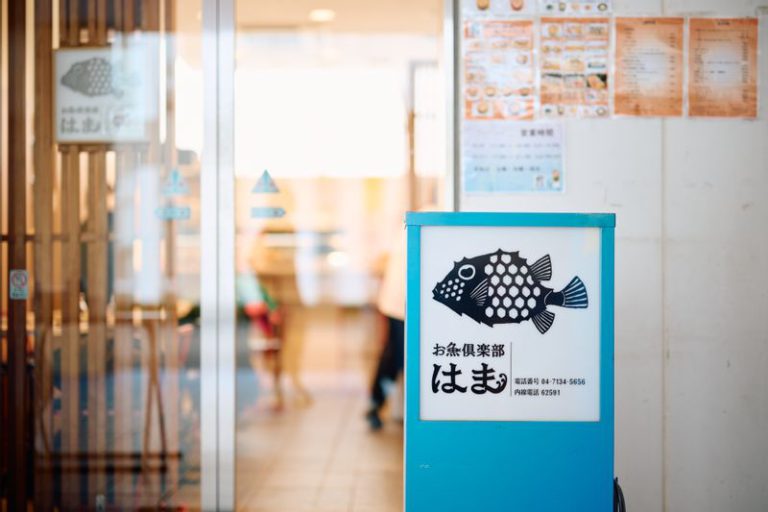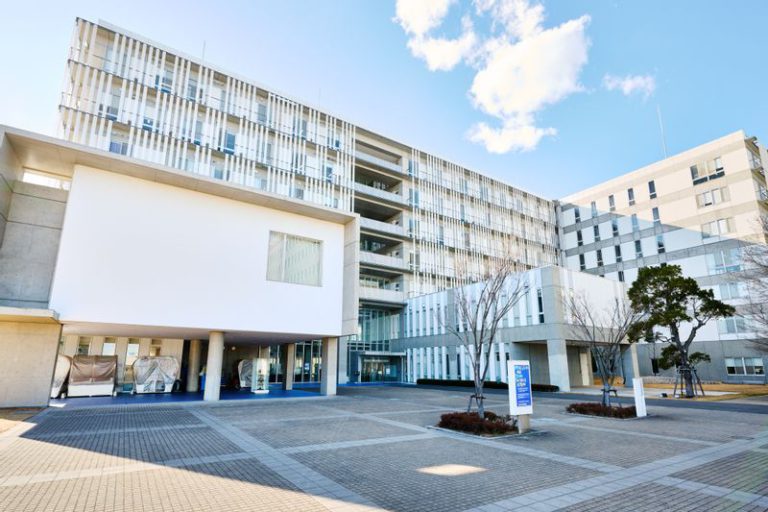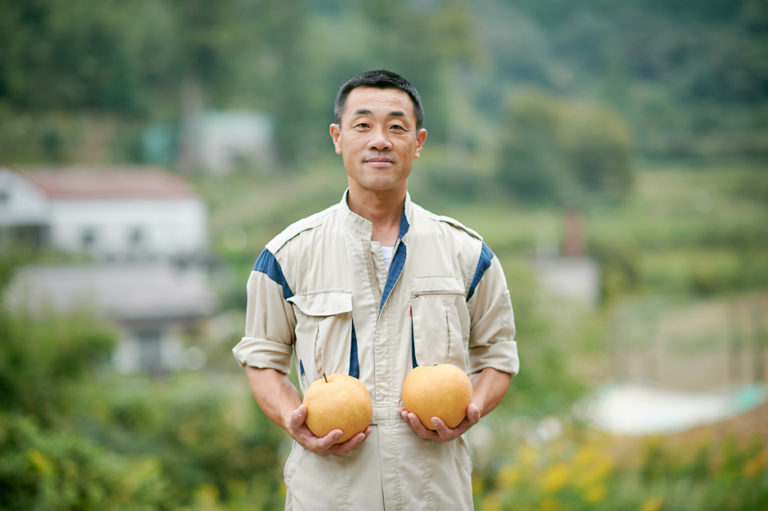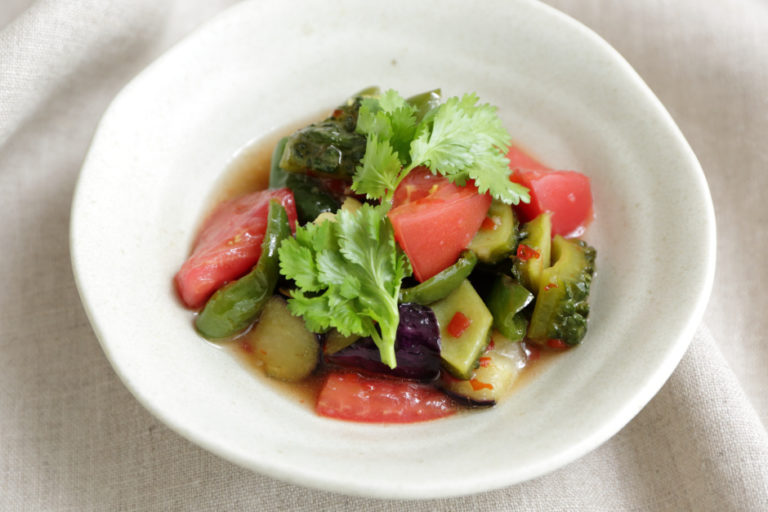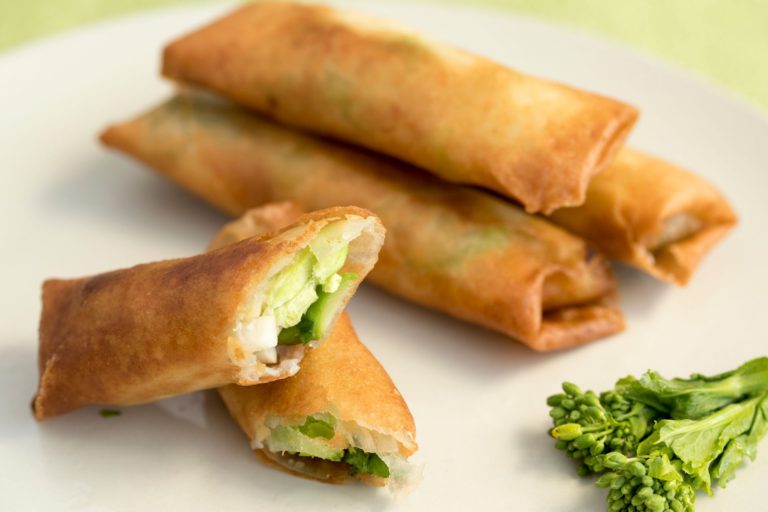Try Sushi Made with Underutilized Fish by a Chef with 60 Years of Experience
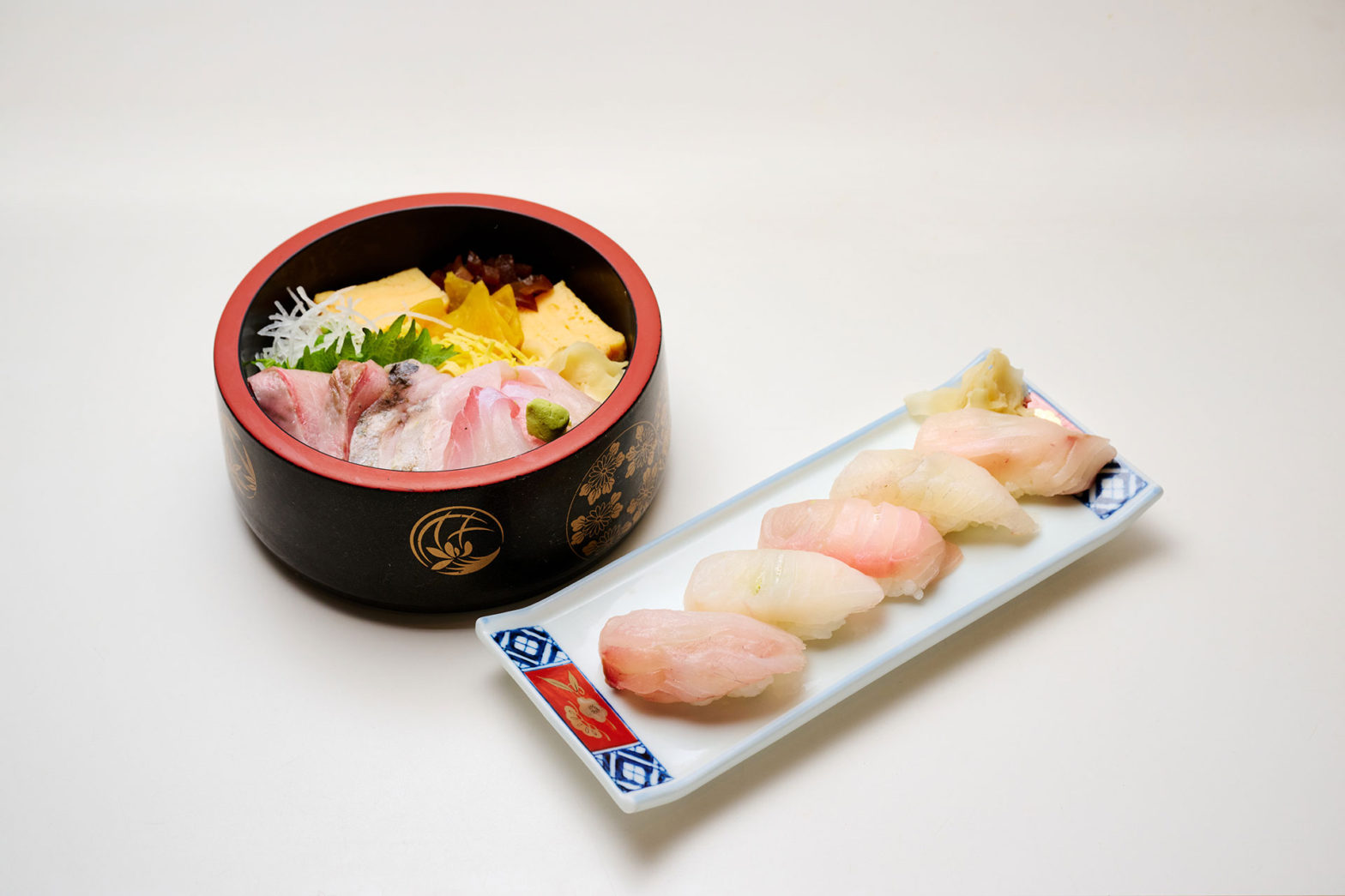
I put every effort into making sushi because I want people to enjoy it at a low cost
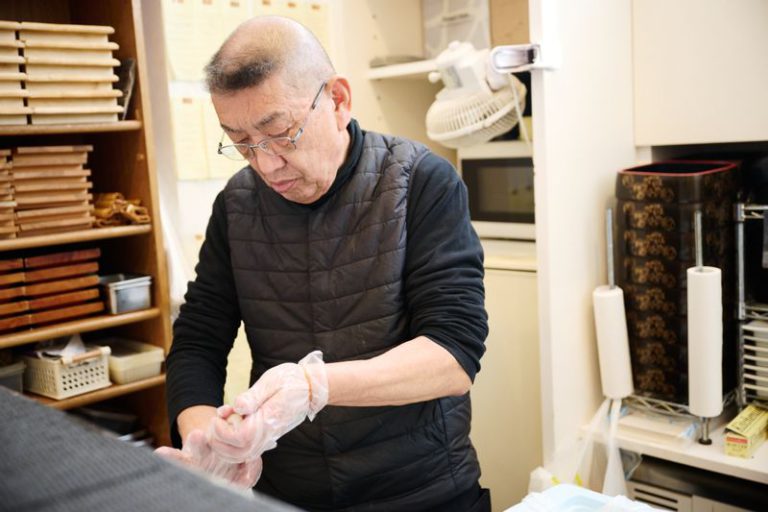
There are reasons why underutilized fish are not sold. Although lesser-known fish have outstanding flavors, they might not sell well, and restaurants are reluctant to serve them since they need more time and money to prepare. However, Hama, the proprietor of Osakana Club Hama, noticed this and made it his mission to provide customers with delicious and affordable sushi, no matter how much effort it took.
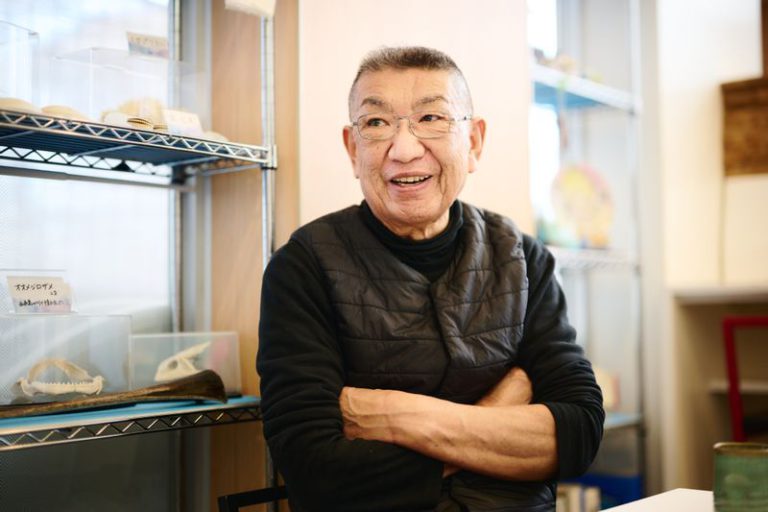
Hama explains, “I work tirelessly as a matter of principle. I can only make one piece of sushi from a fillet of a palm-sized striped beakfish. But it tastes good, right? Moreover, sourcing it is inexpensive. It’s about using your ingenuity to make it tasty rather than discarding it because it’s difficult to sell. If it’s affordable to customers, everyone wins.”
A singular sushi restaurant where you can enjoy nigiri using "unique fish"
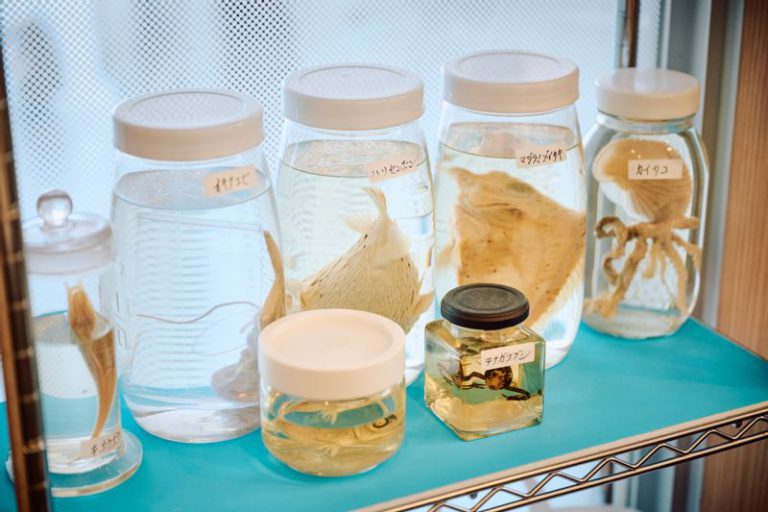
Osakana Club Hama has come up with a unique name for its sushi made with underutilized fish – “jizakana nigiri.” To procure rare and underutilized seafood, Hama relies on a seafood expert at Kyoto’s Chuo Market, whom he calls the “hunter of oddities.” The expert sends him seafood that does not meet the standards and those that are underutilized. The expert has recently been giving the restaurant priority access to their popular shark sucker.
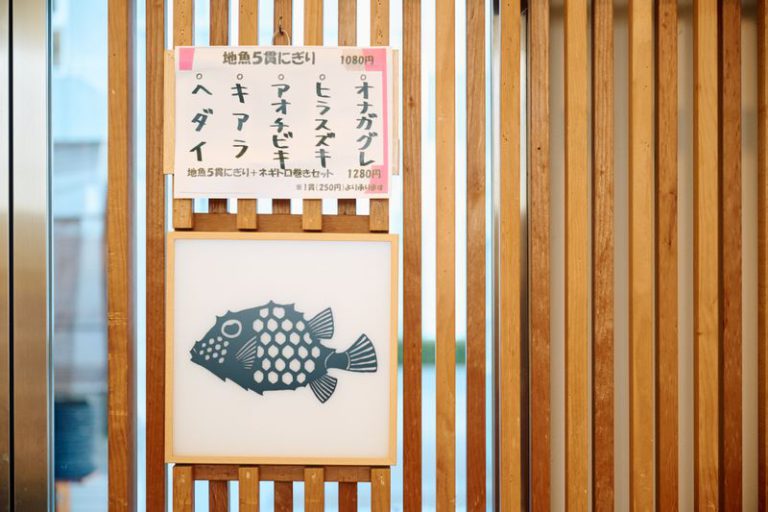
Hama occasionally receives fish whose name and preparation technique he does not know, but he uses his years of experience and modern conveniences to handle it. He says, “If I come across something I don’t know the name of, I immediately upload a picture of it on Facebook. Luckily, most of my friends are in the seafood business, so I get a response within seconds. With my years of experience, I can easily prepare it. I’ve been making sushi for 60 years, you know?” Hama’s sushi is exceptional, and he has many customers who adore his big-brother personality.
Hama attracts customers from all over Japan, not just from the university, thanks to its unique location on the University of Tokyo campus and its selection of uncommon seafood.
Hama says, “People love eating sushi made with seafood they’ve never heard of. I suggest customers try locally sourced fish instead of the usual ones. You can eat tuna and red sea bream at any place.”
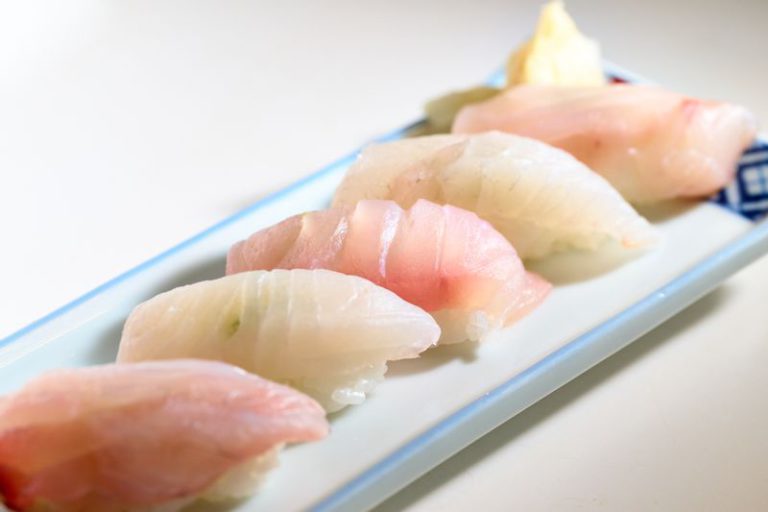
The seafood nigiri platter costs ¥1,080 and includes five types of locally sourced seafood: gold-lined seabream, yellow grouper, green jobfish, blackfin seabass, and sea chubs. Each of them is a light-tasting white fish, but there are subtle differences in flavor and texture. Since many of the customers are students, Hama serves the rice in large portions to make the sushi filling. He serves dishes made with underutilized seafood a la carte in the evening.
I'm looking forward to seeing what kind of fish I can find
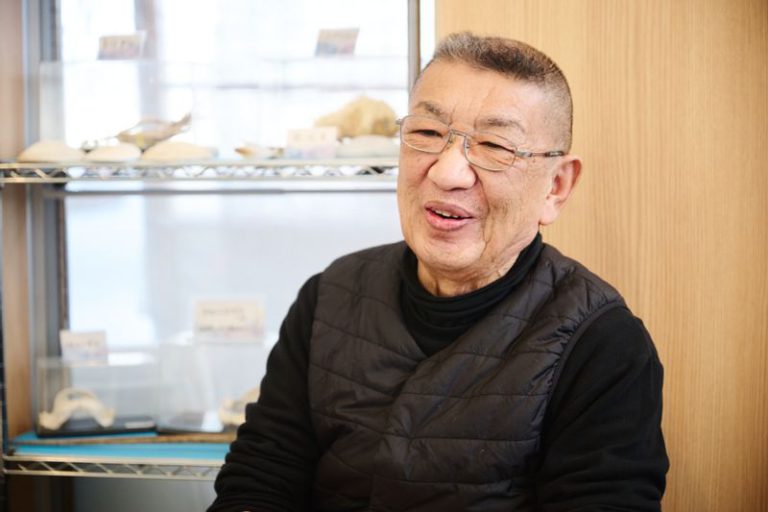
Hama is 78 years old and has been a sushi chef for 60 years. He was not considering food sustainability, but his sincere desire to serve customers as a sushi chef led him to create delicious sushi using underutilized seafood. That desire will never change.
Hama explains, “I’ll keep making sushi with locally sourced fish. Whether they are big or small, famous or obscure, I want to show people how delicious they can be. We are only familiar with the names of around 20% of all the fish that exist on Earth. I don’t know how long I’ll be around, but I can’t wait to see what kind of fish I’ll find in the future.” We invite you to try seafood that you have not tasted before.

